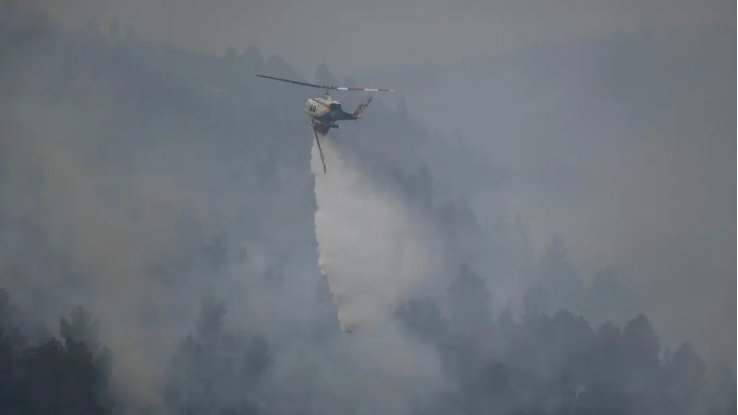Report: Global Wildlife Declined 73% in 50 Years
The average size of the world's monitored wildlife populations declined by 73% in 50 years, according to the World Wildlife Fund's (WWF) 2024 Living Planet Report....
0:00
/1861
Facts
- The average size of the world's monitored wildlife populations declined by 73% in 50 years, according to the World Wildlife Fund's (WWF) 2024 Living Planet Report.[1][2]
- WWF and the Zoological Society of London tracked 5,495 amphibian, bird, fish, mammal, and reptile species from 1970 until 2020, with the report attributing the decline primarily to human-related activities.[3]
- Based on 35K population trends, the report found that freshwater populations had declined the most by 85%, followed by terrestrial (69%) and marine (56%).[4]
- In terms of geographies, Latin America and the Caribbean saw the biggest drop, with an average decline of 95%, followed by Africa (76%) and Asia-Pacific (60%)[5]
- WWF Chief Conservation Officer Daudi Sumba warned that these changes may be approaching 'tipping points' in some ecosystems and 'could be irreversible.'[6]
- However, some populations improved marginally, such as the mountain gorillas of the Virunga Mountains in East Africa, which reportedly saw a 3% rise between 2010 and 2016.[7]
Sources: [1]Metaculus, [2]Panda, [3]Washington Post, [4]The Indian Express, [5]Guardian, [6]France 24 and [7]BBC News.
Narratives
- Narrative A, as provided by New York Times. The steep decline in global wildlife populations spells disaster for humanity. It threatens our very existence, jeopardizing vital ecosystem services we depend on. Clean air and water, pollination, carbon storage, and natural flood protection are all at risk. This ecological crisis demands immediate action to prevent irreversible damage to our planet and our own survival.
- Narrative B, as provided by The Daily Sceptic. Alarmist statistics oversimplify complex ecological realities and misdirect conservation efforts. The calculation method used is often inherently biased toward showing declines due to its focus on proportional changes rather than actual abundance. This magnifies the impact of small, struggling populations while downplaying the stability or growth of larger ones.







